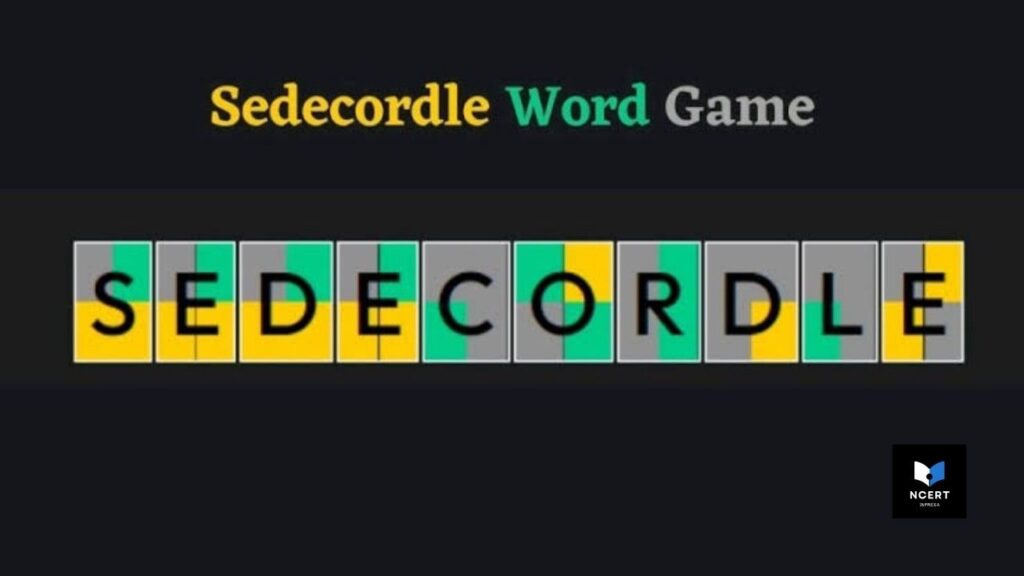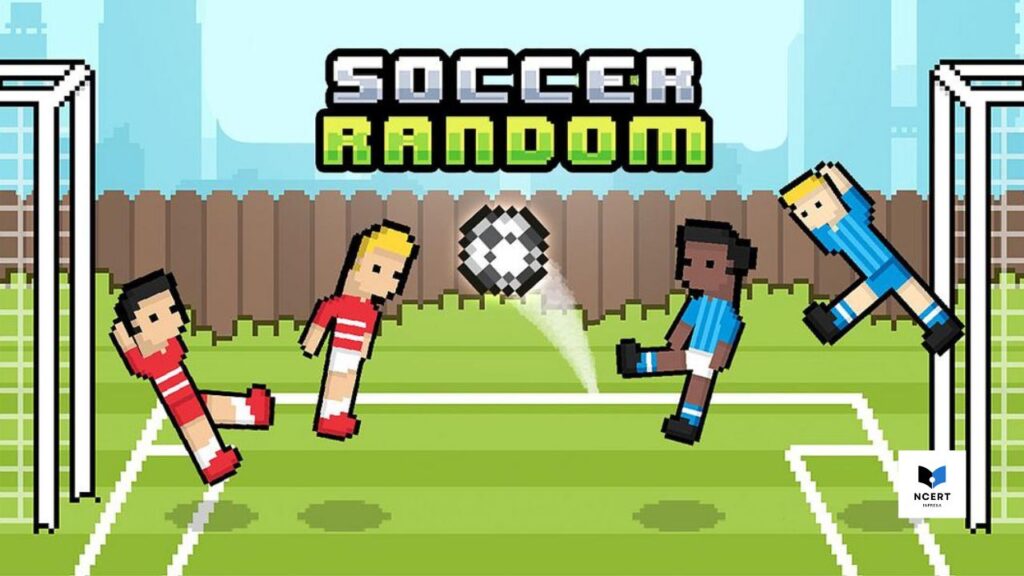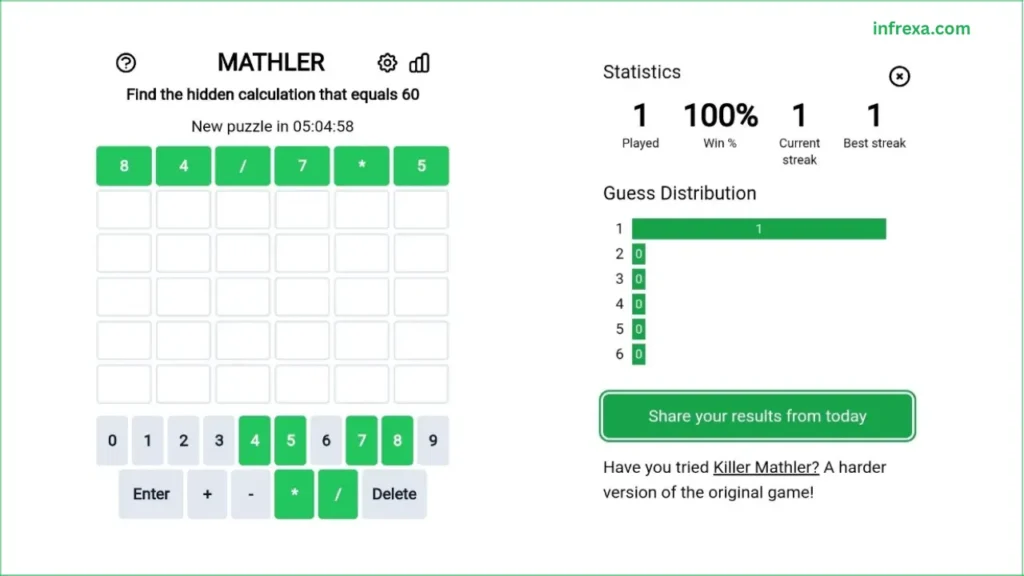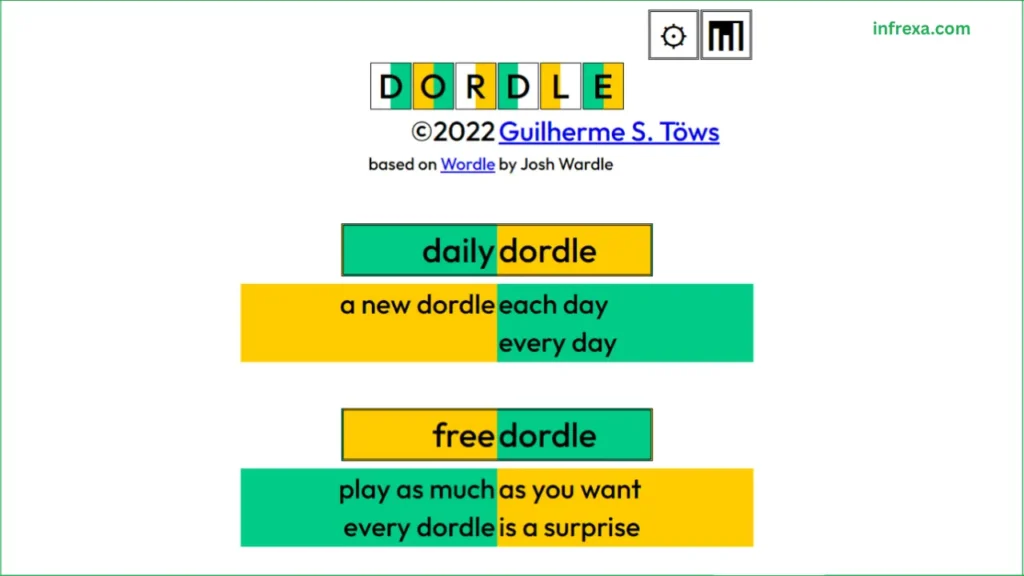Sedecordle is a highly popular Wordle alternative that dramatically scales the word-guessing concept. Developed by Kenneth Crawford, this unique puzzle game challenges players to solve sixteen 5-letter words simultaneously using a shared set of guesses.
| Detail | Specification |
|---|---|
| Developer | Kenneth Crawford |
| Genre | Puzzle Game |
| Availability | Web browser |
| Official Website | sedecordle.com✅ |
| Challenge | Solve 16 unique 5-letter words in one game. |
Gameplay
Sedecordle presents all 16 hidden words in a large grid. Each word you type is applied to all 16 puzzles at once, generating color clues across the entire board.
Color Clues and Attempts
The game uses the familiar color-coded feedback system:
- Green: The correct letter in the correct position.
- Yellow: The correct letter, but in a different position within that word.
- Gray: The letter is not present in that specific word.
The core challenge lies in the constraint: you are given a total of 21 attempts to solve all 16 words. This means you have an average of less than 1.5 unique guesses per word, making early strategic choices critical.
Top Sedecordle Strategy Tips
Sedecordle requires maximizing the information gained from the first few guesses before focusing on solving individual words.
1. The Opening Six Strategy
Your first four to six guesses should focus purely on letter discovery, not solving. Use starting words that maximize your exposure to the most common letters (vowels and common consonants).
- Vowel Focus: Use words covering all five vowels (e.g.,
ADIEU,OUNCE). - High-Frequency Consonants: Use words covering the most common consonants (e.g.,
TRAPS,LINKS). - Goal: After 4-6 words, you should have green and yellow clues for the majority of the 16 puzzles.
In dozens of runs, I found starting with ADIEU, APPLE, and TRAPS usually uncovers enough letters to lock 6–8 words by the 6th guess
2. Group and Conquer
Once you have enough clues, switch from discovery mode to solver mode.
Look for puzzles that have 3–4 green tiles or very few yellow options – solving these first saves valuable guesses.
Once a word is solved, subsequent guesses no longer affect that column. You can then use your remaining guesses to target the hardest 3-4 words with letters only relevant to them.
When several greens appear, group words by shared letter patterns. Identify clusters where 2–3 words share known positions, and solve the easiest one first – this frees up useful letters for later guesses.
Example: after three discovery words, you might have Word 4 as A _ , Word 9 as A , and Word 12 as A _: solve the one with the most greens first to free future guesses.
4. Final Cleanup Phase
After round 15, you should see all letters in play. Focus on remaining grays and yellows to finalize the tough words. Double-check patterns like “-ING,” “-EST,” and “-TION,” which often complete the remaining few.
5. Track with External Tools
Given the sheer number of words, it’s easy to lose track of which grayed-out letters apply to which board.
Use a digital notepad or spreadsheet to track the Must Include (Yellow/Green) and Must Exclude (Gray) letters for each of the 16 columns separately.
Sedecordle vs. Wordle
Sedecordle ramps up the difficulty of the Wordle formula. With 16 words and only 21 total guesses, the game shifts from a fun vocabulary challenge to a rigorous logical deduction and resource management exercise. You must think globally on every single guess, considering its impact across the entire grid.
More Word Games
If you enjoy the challenge of Sedecordle, you might want to try other escalating difficulty versions of the Wordle formula, including:
- Dordle (2 words at once)
- Quordle (4 words at once)
- Octordle (8 words at once)
- Nerdle (A math equation version)
FAQ
Q: How many guesses do I get?
A: 21 total for all 16 words.
Q: What’s the Opening Six?
A: Your first 4–6 guesses focused entirely on letter coverage, not solving words yet.




